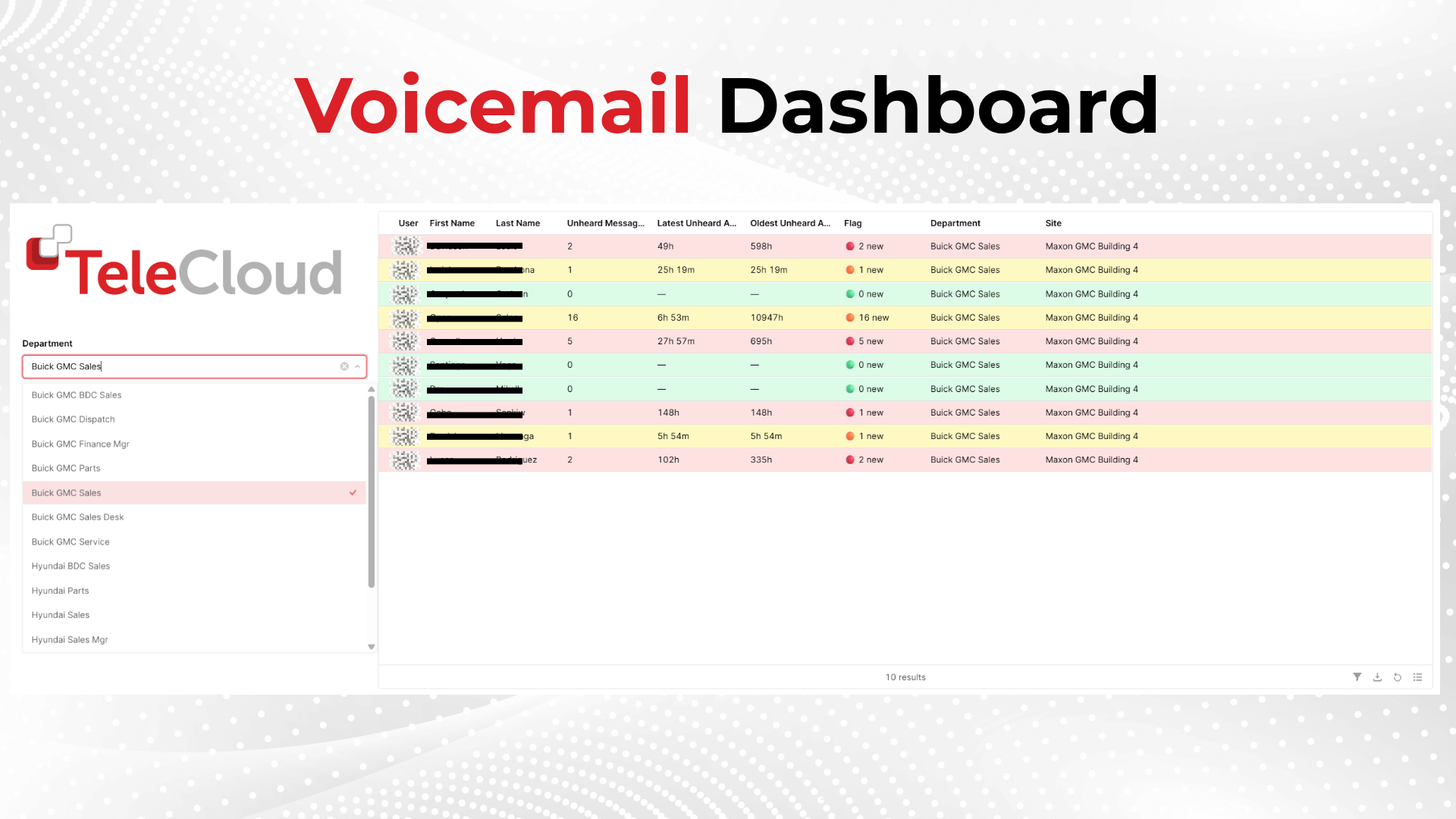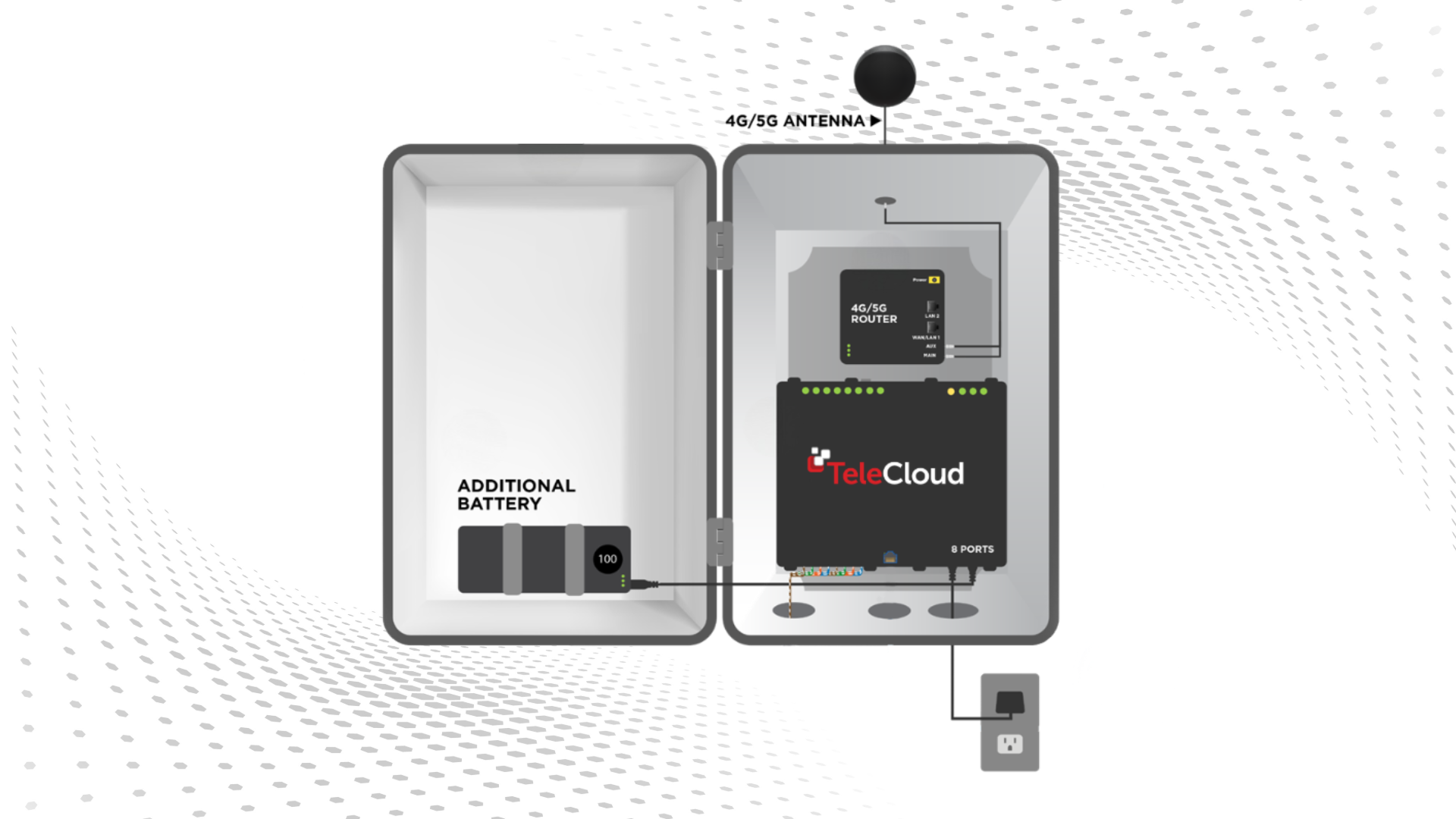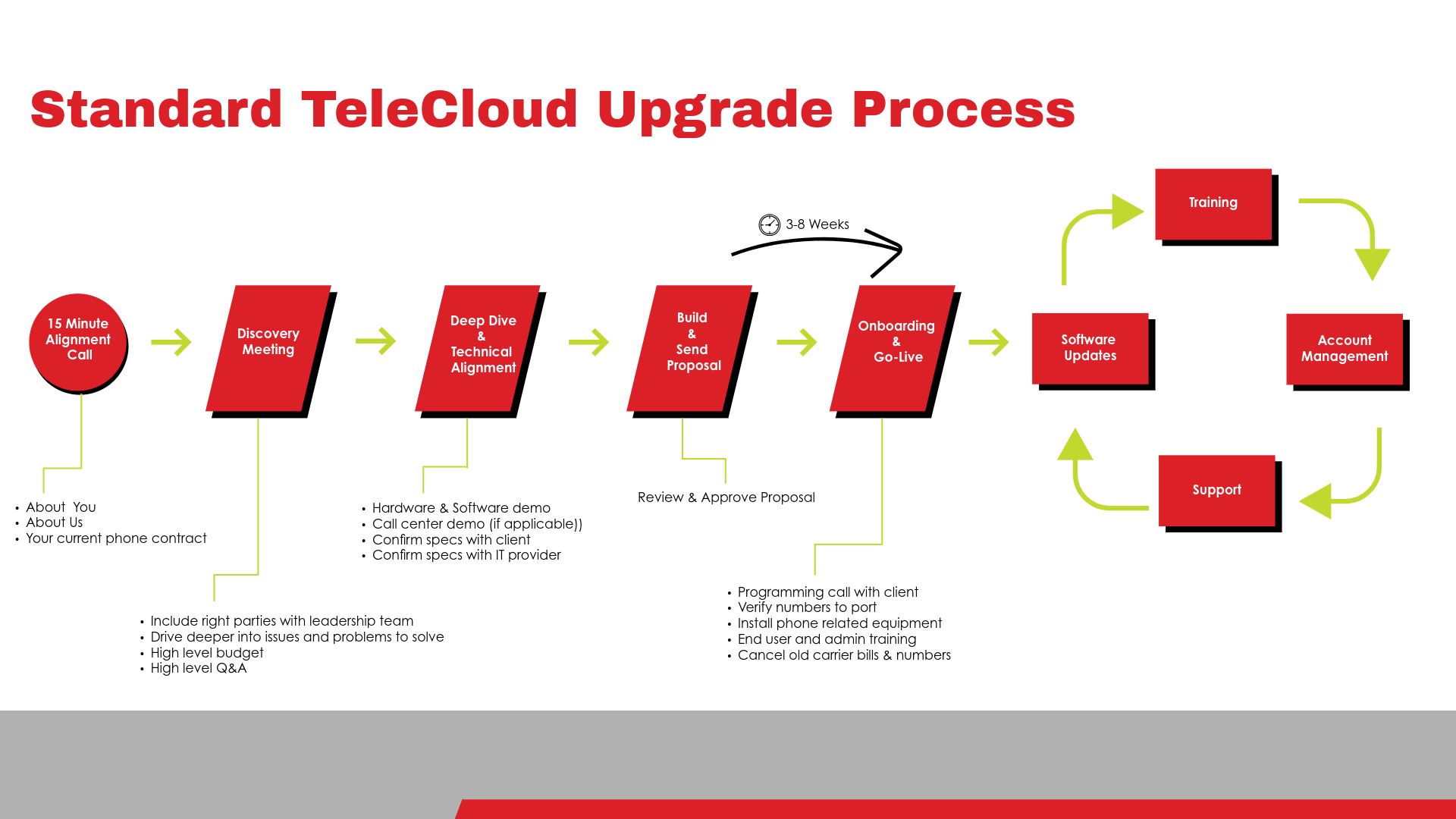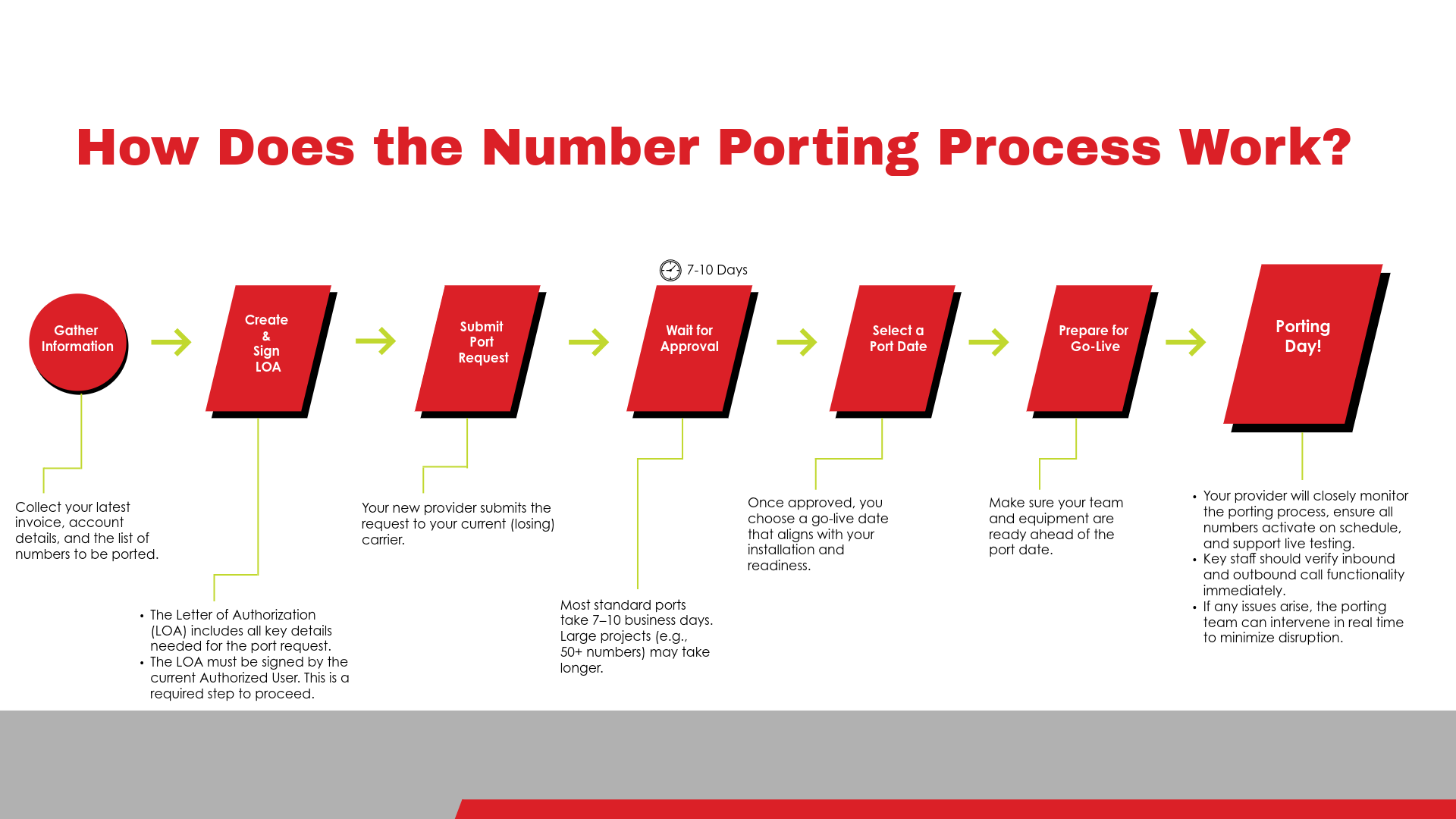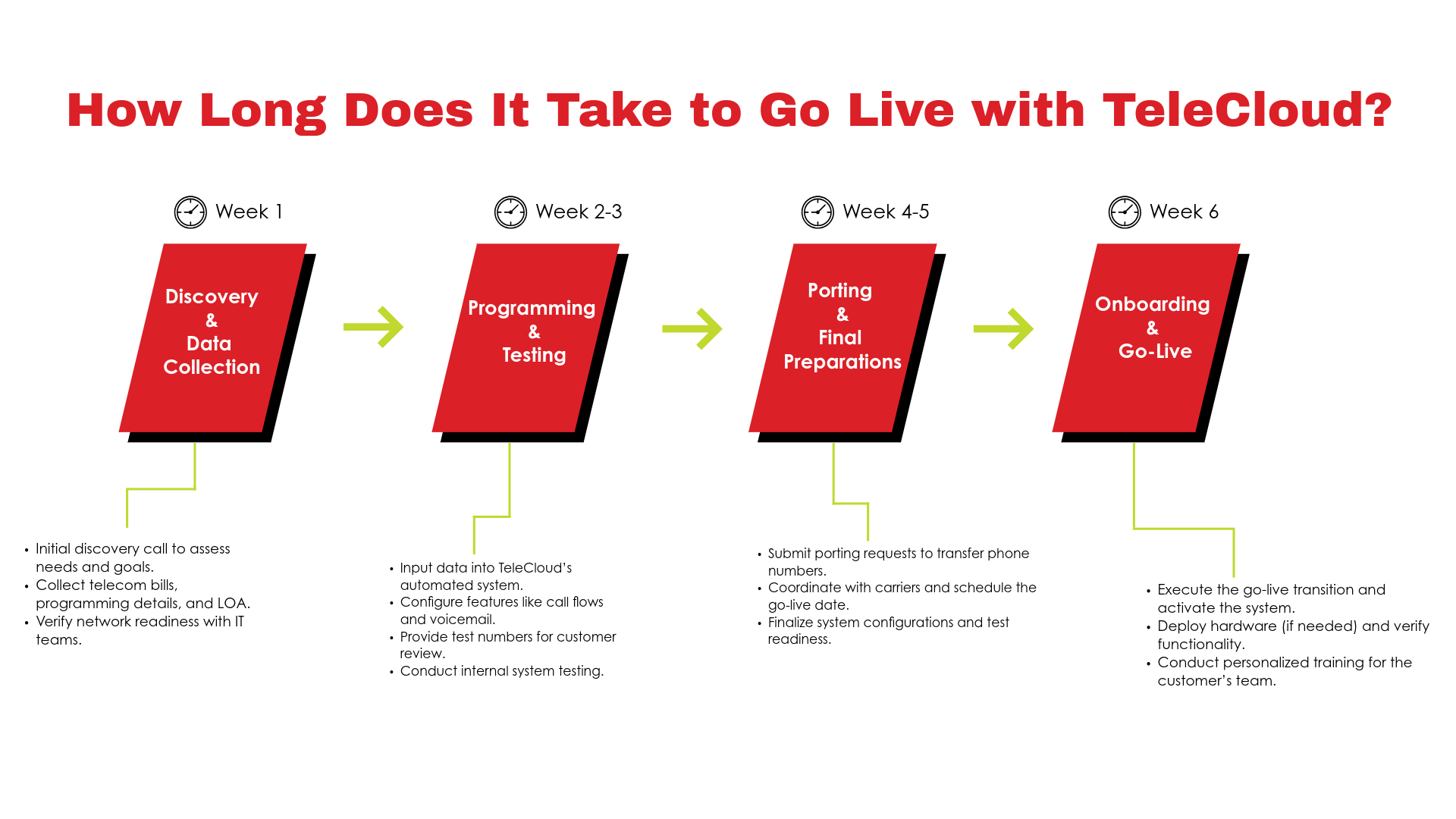As an IT company, you sometimes find yourself working with a VoIP provider that’s installing a phone system for your client. If that VoIP provider also wants to install a secondary firewall on the network you support, some hesitation on your part is understandable. After all, you don’t want anything on the network you don’t directly manage. However, having this secondary firewall can actually minimize hassle and expenditure on your part, as well as provide better security for your client, easier troubleshooting, and more peace of mind for all. Here’s how:
The Firewall Helps Us Troubleshoot VoIP Issues
We understand and appreciate the goal of minimizing all onsite network equipment, both in terms of avoiding unnecessary network complexity and keeping a customer’s budget down. However, when we provide our Peplink VoIP SBC Gateway device on a secondary public static IP address, it allows our engineers to handle all VoIP-related troubleshooting issues in our data center.
When and if VoIP quality issues arise, that complaint will go directly from the customer premises to our data center, where our engineers can diagnose the issue directly from our firewall. This means you never have to spend time, money, or resources figuring out or dealing with VoIP quality issues through your help desk.
The Firewall Helps Us Escalate Technical Issues to Internet Providers
When a client experiences performance issues with a phone system, that client can often end up blaming both the IT company and the phone company. (As any IT company knows, customers love to point their fingers at IT when any technological issue comes up.) Allowing us to install this secondary firewall means we tackle any potential phone issue, and it ensures the complaint is routed to the correct people. Essentially, you never have to worry about assuming blame for something you have no control over. Having an autonomous secondary firewall is the best way to ensure the client enjoys the best possible overall service experience.
In the event of persistently poor call quality, having this firewall also allows us to pull the call logs and to give that information directly to the underlying Internet provider. With that kind of information, the issue can escalate immediately to the company’s engineers, blowing past the level-one customer service of Verizon, Comcast, Cablevision Altice, or the like in order to get the problem solved efficiently and effectively. When problems are solved—and solved quickly—the client is happy, which benefits everyone who’s working with that customer.
The Firewall Uses an SD-WAN–Enabled Network
For clients experiencing VoIP quality issues—a problem that’s especially likely on inexpensive cable ISPs (Optimum, Comcast, and others), as well as fiber-optic networks, such as Verizon Fios—we can offer other software-defined wide-area network (SD-WAN) voice quality services.
SD-WAN technology seamlessly connects multiple entities, including data centers, branch locations, and company headquarters, even when those locations span a wide geographic range. It also ensures video, voice, and all cloud-based applications work with 100 percent uptime. With an SD-WAN–enabled Peplink firewall, even if a primary link fails, the network stays up and running. Whenever necessary, all voice calls are simply switched automatically to a redundant link, and the customer never experiences dropped calls or any quality decline.
This gives you extra peace of mind that you’ll never be spending time or energy putting out VoIP-related fires.
The Peplink Firewall Indicates You’re Working with Industry Professionals
When you work with a VoIP company that takes this extra step, you know they’re doing everything possible to help you and your IT company avoid needless hassle. This lets you know you have a professional partner you can trust. It also means that company has the VoIP experience to know this secondary firewall is necessary and a benefit to everyone involved.
At Tele-Data Solutions, we’ve deployed this technology to hundreds of unique companies, and we consistently receive feedback from IT providers that this saves them both time and hassle. A VoIP phone system is a specialized and complicated undertaking, and a secondary firewall is an indication that the VoIP experts who installed it are willing to assume full responsibility for their phones.
Peplink Balance Firewall Model Comparison and Spec Sheet

Interested in learning more about the technical specifications of the Peplink Balance 20 and similar firewall models? Check out a full comparison chart here: Peplink Balance 20 Spec Sheet - Model Comparison PDF.
While it might seem counterintuitive at first to have a secondary firewall on your IT network, having an SD-WAN–enabled Peplink firewall installed on a static IP address can end up saving you real time, money, and manpower, and because this firewall is autonomous from your primary firewall, there’s no risk of technical complications negatively affecting you. When working with an experienced, trusted VoIP company, this extra step can only help you.
 By Vincent Finaldi
By Vincent Finaldi
Vice-President, Tele-Data Solutions
E-mail: vin@tele-datasolutions.com | Direct Line: (908) 378-1218
What brings me satisfaction is meeting with New Jersey–based businesses and genuinely helping them solve communication and business problems. As someone who has lived in New Jersey my entire life, I love working and playing here. I live in Morristown with my wife, Lisa, and root for the New York Giants.




 By Vincent Finaldi
By Vincent Finaldi




